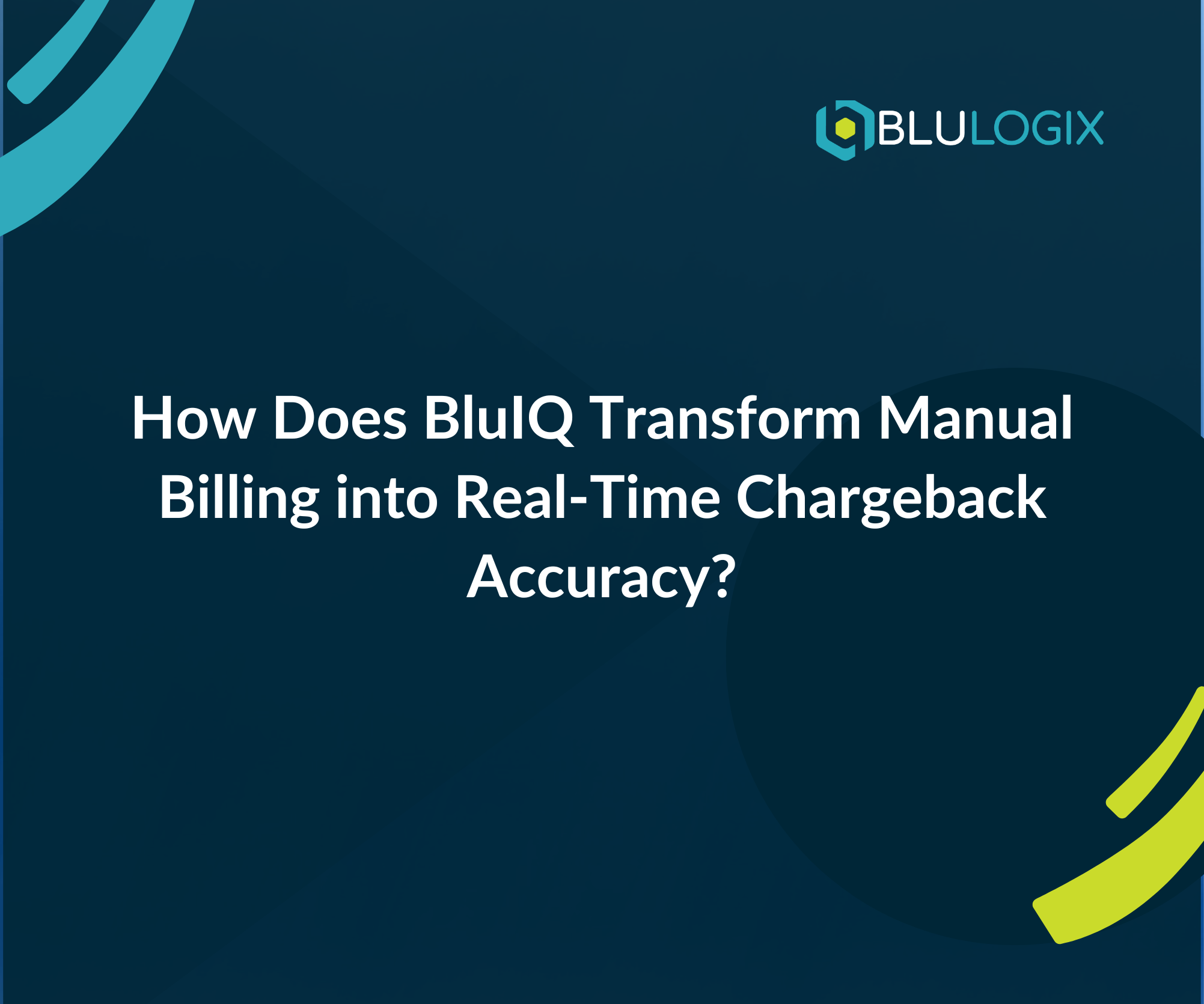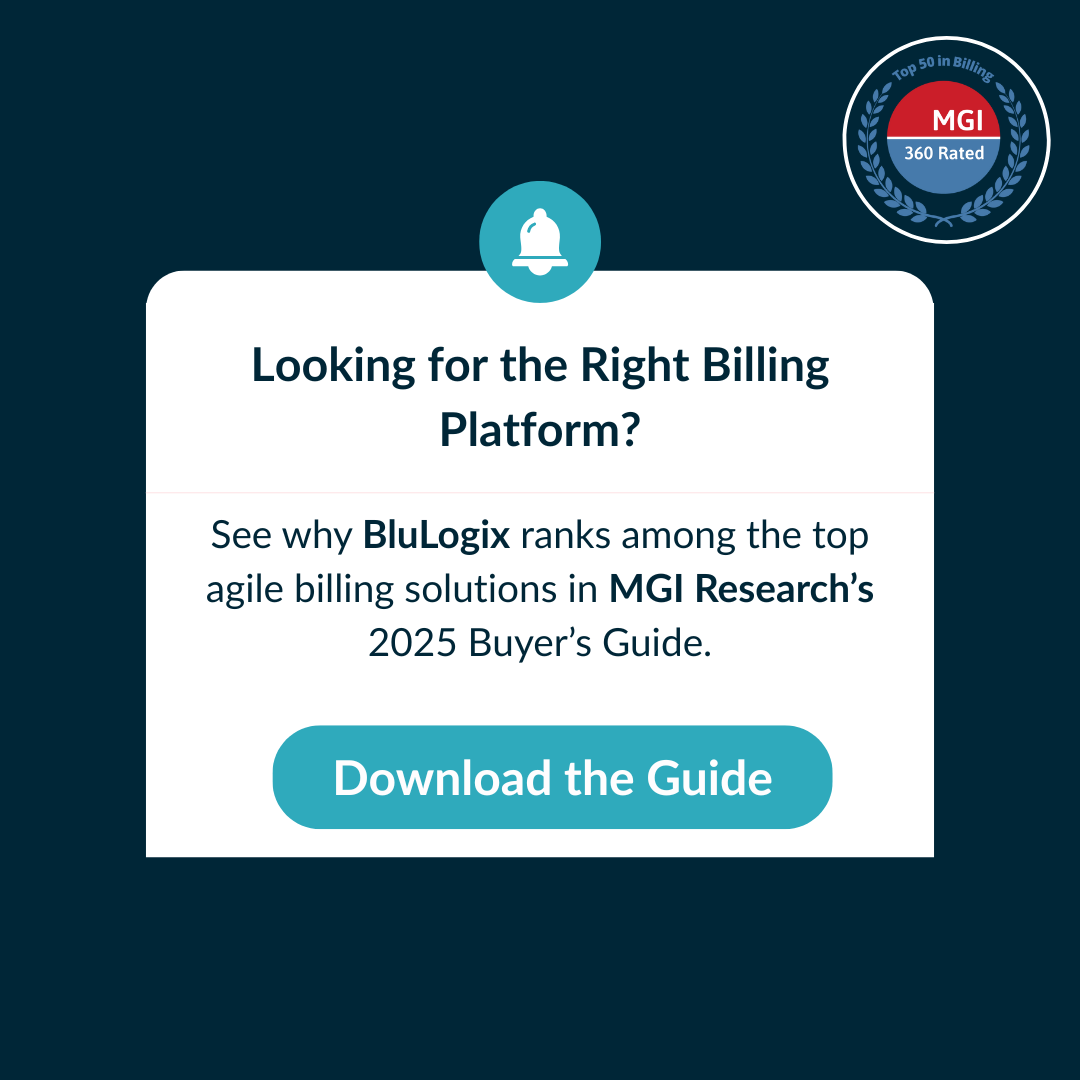12-Step Checklist for Implementing Subscription Billing Successfully
Introduction
Implementing subscription billing software is a crucial step toward optimizing recurring revenue operations. Whether you’re transitioning from manual processes or upgrading your current system, a structured approach ensures smooth billing, accurate invoicing, and enhanced customer satisfaction. This checklist will guide you through a step-by-step implementation process to help you get the most out of your subscription billing platform.
Take your business further with BluIQ’s flexible, scalable, enterprise-grade intelligent billing solutions.
Step 1: Define Your Goals
Before implementation, clarify what you aim to achieve. Are you looking to automate billing, improve accuracy, or introduce flexible pricing? Setting clear objectives will guide the process and ensure alignment with your business needs.
Step 2: Assemble Your Implementation Team
Gather key stakeholders from finance, IT, customer service, and operations. A cross-functional team ensures that the software is configured to meet all departments’ requirements.
Step 3: Migrate and Integrate Data
Assess your existing data and determine which systems need to integrate with your billing software, such as CRM, ERP, or payment gateways. Ensuring a seamless data transfer prevents disruptions.
Step 4: Configure and Customize the System
Work with your provider to set up pricing structures, billing cycles, tax rules, and customer management options. A flexible platform allows for customization without extensive development costs.
Step 5: Conduct Rigorous Testing
Test all billing processes, including invoice generation, tax calculations, and payment processing. Identify and resolve discrepancies before going live.
Step 6: Train Your Team
Educate employees on how to use the software efficiently. Cover essential functions such as invoicing, reporting, and customer management to ensure a smooth transition.
Step 7: Run a Parallel Test
Before fully switching over, run the new system alongside your existing billing platform. This allows you to identify and correct any errors before it impacts customers.
Step 8: Ensure Compliance and Security
Verify that the software meets industry regulations and data security standards. Protecting customer data is crucial for trust and compliance.
Step 9: Communicate with Customers
Inform customers about the transition, explain any changes, and offer support. Clear communication helps avoid confusion and ensures a seamless experience.
Step 10: Go Live with Confidence
Launch the system while closely monitoring performance. Have a support team ready to handle any issues that arise in the initial phase.
Step 11: Optimize and Improve
Gather feedback from users and customers. Use insights to refine billing processes, enhance automation, and improve the overall experience.
Step 12: Offer Ongoing Support
Provide continuous support for both internal teams and customers. Regular updates, troubleshooting, and enhancements will ensure long-term success.
Final Thoughts
Implementing subscription billing software requires careful planning, but following this checklist can streamline the process and maximize efficiency. A well-executed implementation leads to better revenue management, customer satisfaction, and business growth.
Take your business further with BluIQ’s flexible, scalable, enterprise-grade intelligent billing solutions.
Learn more

How AI and Predictive Analytics Are Transforming Revenue Processes for Finance Teams

How Can Public Sector Organizations Turn Chargeback into Strategic Cost Recovery?



